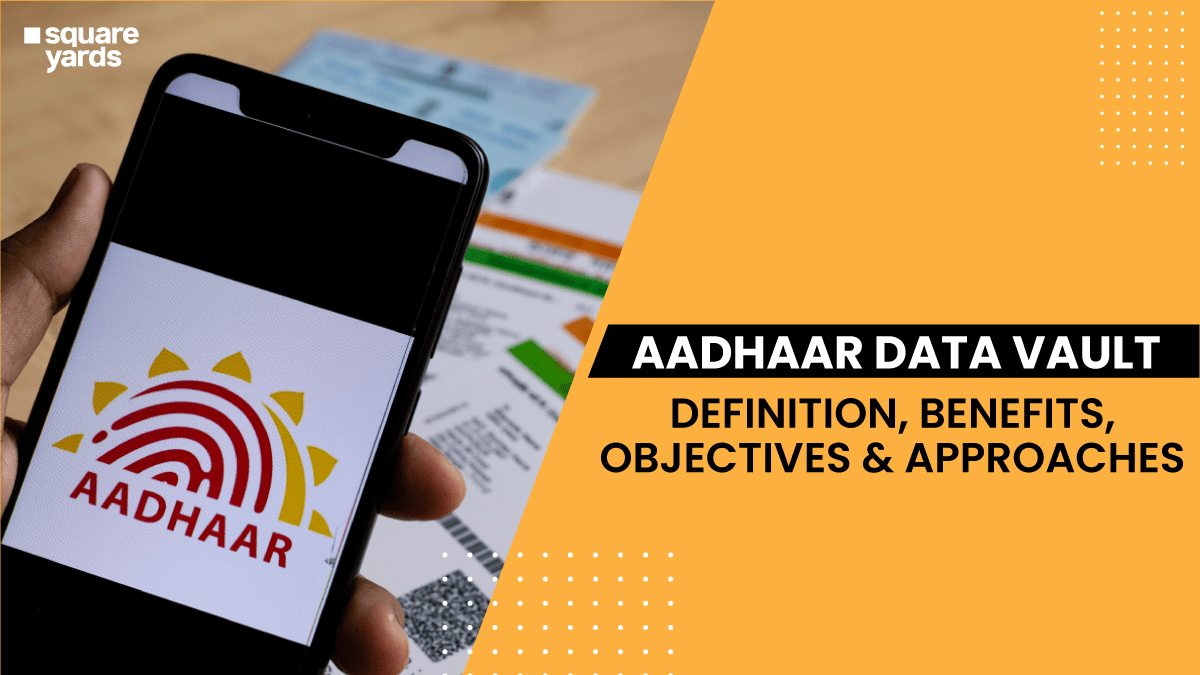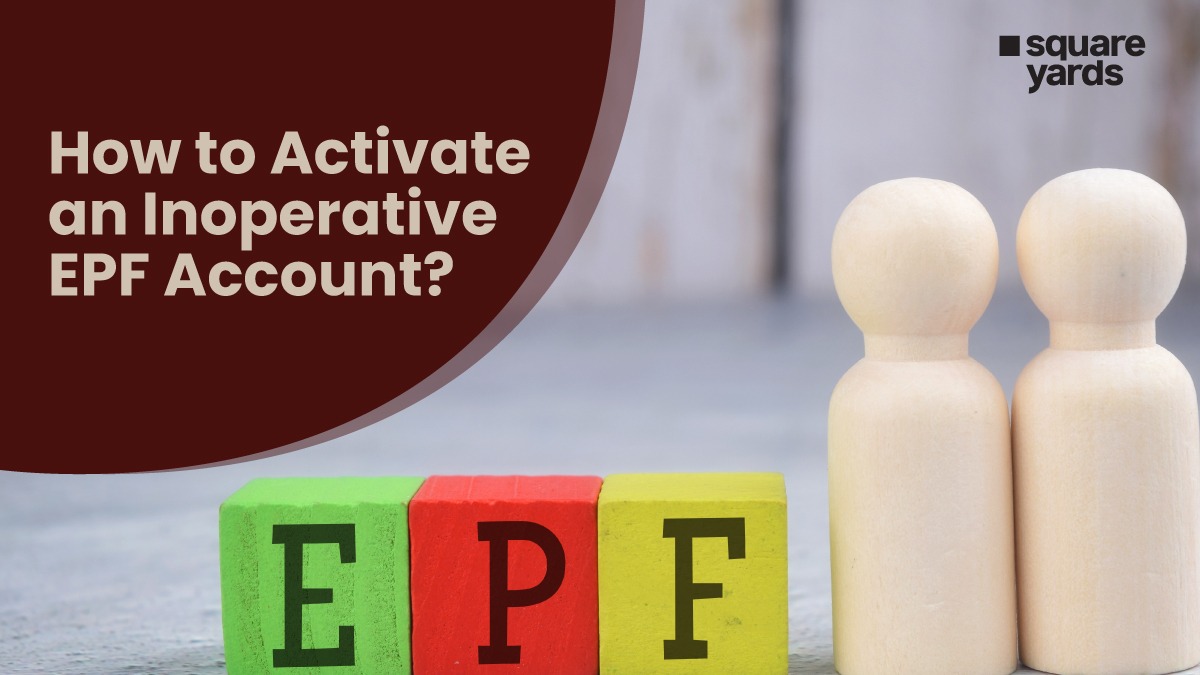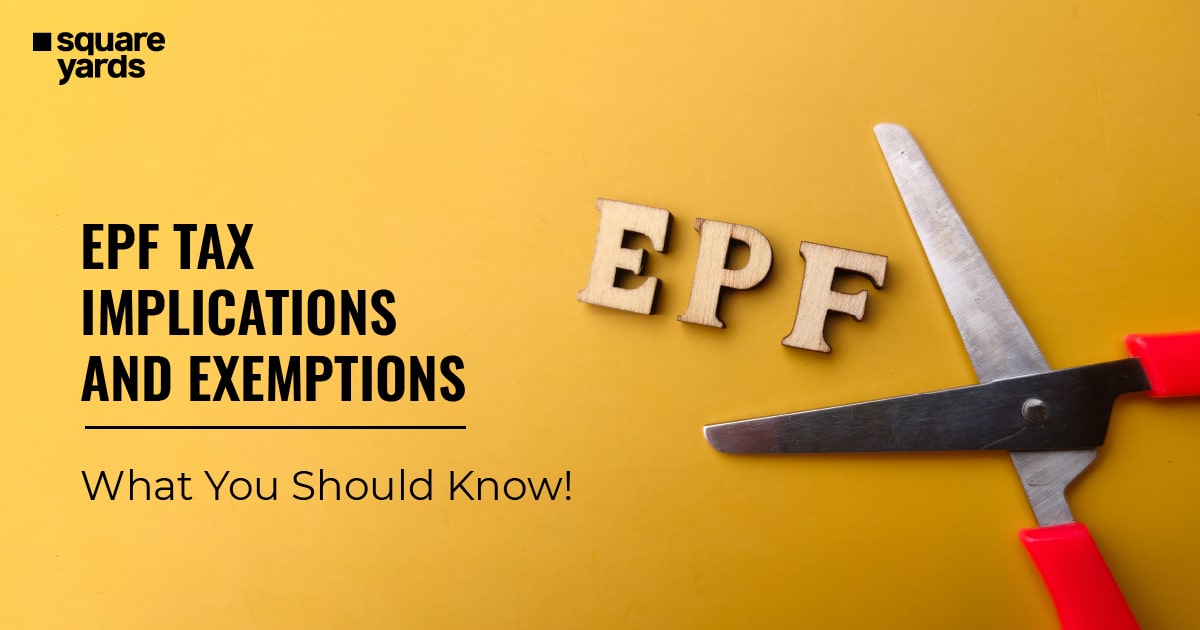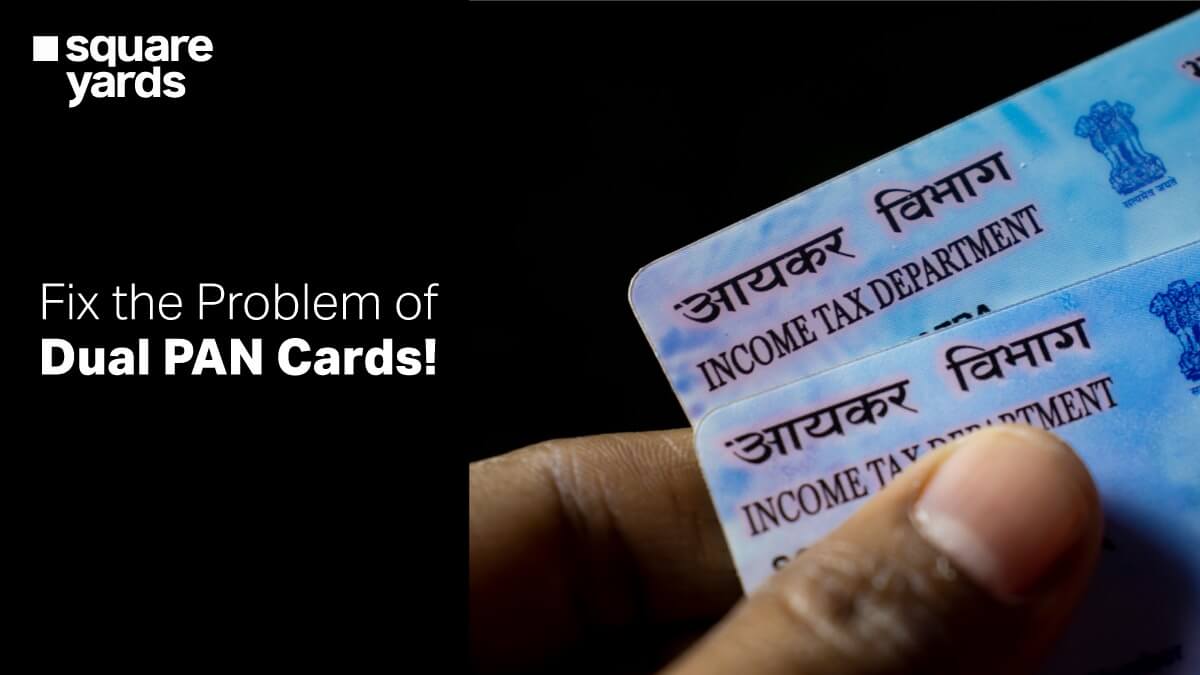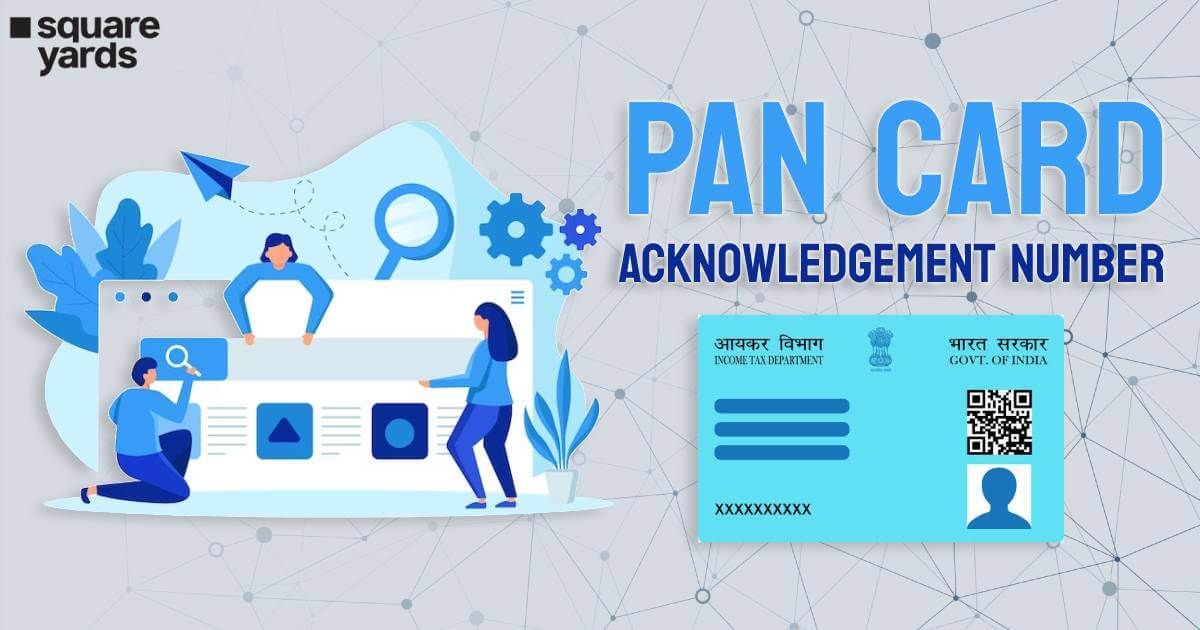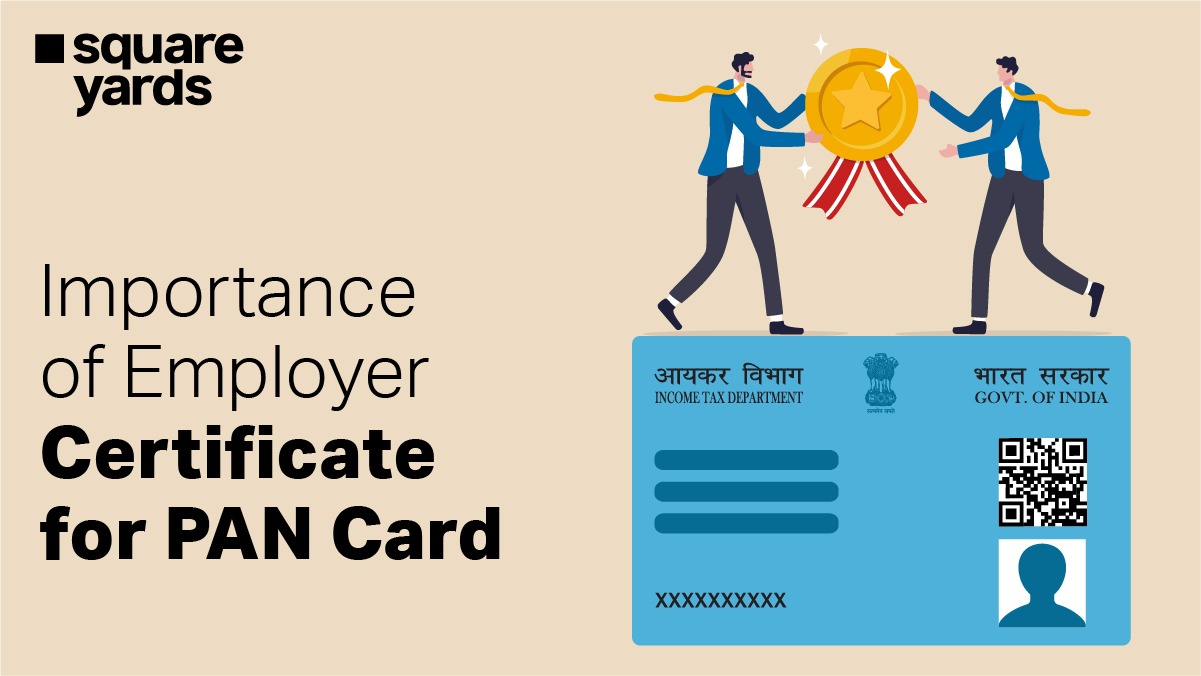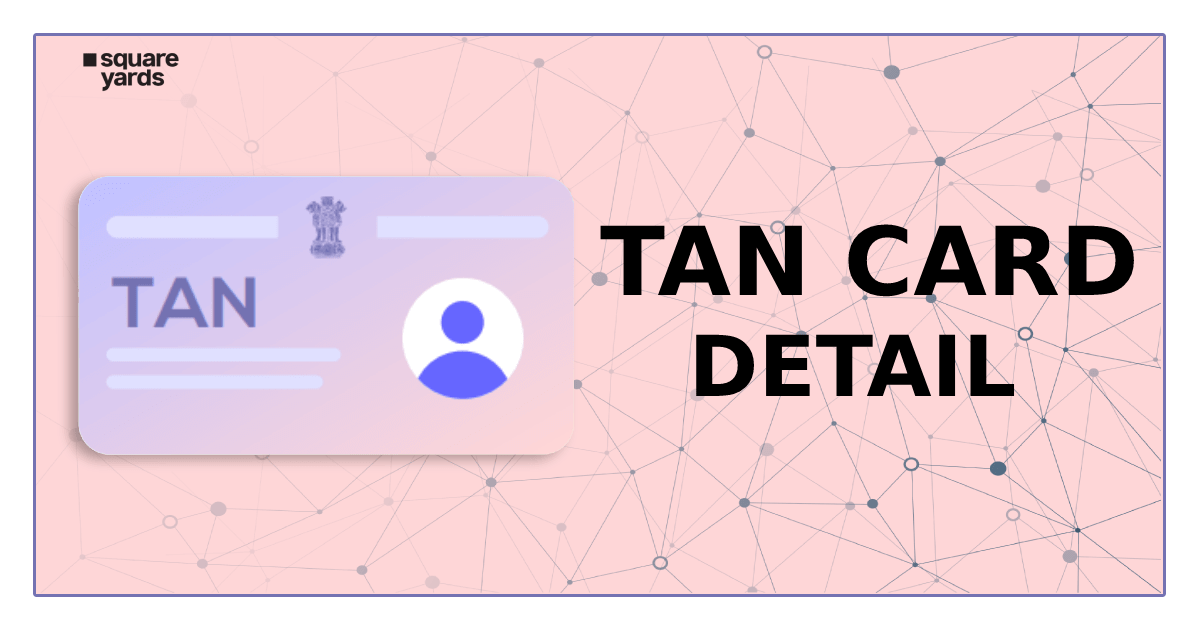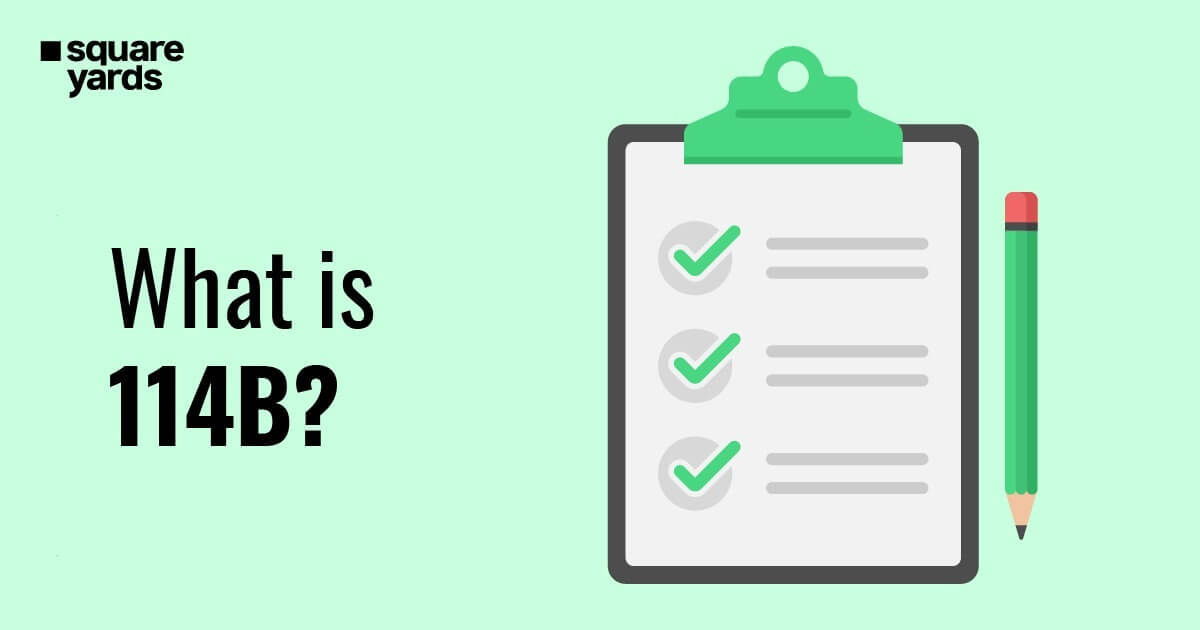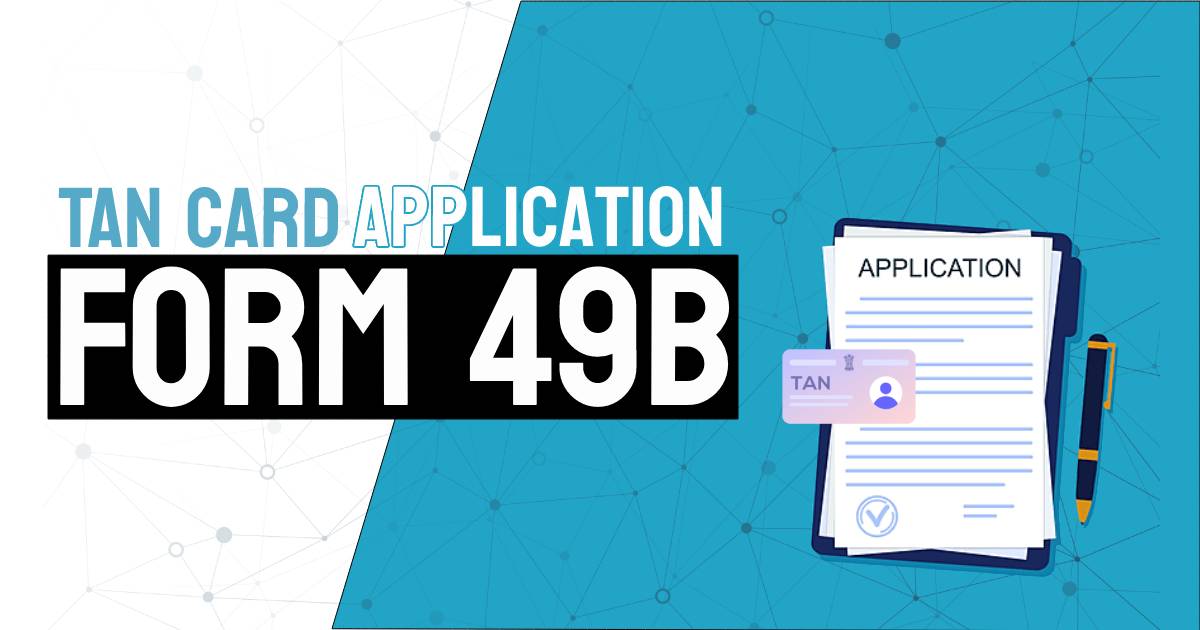Every Indian citizen living in India is given an individual identifying number known as an Aadhaar by the Indian government. Aadhaar Data Vault is a secure storage system for storing and sharing an individual’s Aadhaar data. It was created to offer people a safe and practical means to store and exchange their Aadhaar data with recognised organisations.
This article will discuss the benefits, objectives, and working of Aadhaar Data Vault, its approaches, reference keys, and things to remember.
Table of contents
- What Is an Aadhaar Data Vault?
- Benefits of an Aadhaar Data Vault
- Who Requires an Aadhaar Data Vault?
- What is the Objective of an Aadhaar Data Vault?
- What Are the Approaches for Aadhaar Enrolment?
- How Does Aadhaar Data Vault Work?
- Reference Keys for Aadhaar Data Vault
- Factors to Consider Regarding the Aadhaar Data Vault
- FAQ’s about Aadhaar Data Vault
What Is an Aadhaar Data Vault?
Aadhaar Data Vault is a secure storage system for storing and sharing an individual’s Aadhaar data. It is a digitally secure and convenient way for individuals to store and share their Aadhaar data with authorised entities. It securely preserves the information to ensure unauthorised people or organisations cannot access it. An Aadhaar Data Vault can be accessed through a unique reference key issued to the individual.
Benefits of an Aadhaar Data Vault
The Aadhaar Data Vault offers several benefits to individuals, such as –
- Safe and Secure: The Aadhaar Data Vault ensures your data is safe and secure. Your personal information is safeguarded in an encrypted environment, making it impossible to gain unauthorised access.
- Easy Access: The vault provides easy access to your Aadhaar data anytime and anywhere. You can use your Aadhaar number and authentication to access your data.
- Portability: Your Aadhaar data is simple to exchange with third parties, including banks, telecom providers, and other governmental organisations
- Convenience: The Aadhaar Data Vault eliminates the need for carrying physical Aadhaar cards, as you can access your data through your mobile devices.
- API Solutions: The API-based technologies assist firms in integrating with various business lines for effortless integration.
Who Requires an Aadhaar Data Vault?
Setting up an Aadhaar Data Vault is mandatory for all agencies, whether or not they are AUAs, KUAs, or Sub-AUAs. The Aadhaar Data Vault Service is available to any organisation that needs to keep Aadhaar Numbers in an organised and electronic format for internal identity requirements. These include an attendance management system, connecting to the PF Account, ration delivery, scholarship delivery, financial transactions, etc.
What is the Objective of an Aadhaar Data Vault?
The Unique Identification Authority of India created the Aadhaar Data Vault to mitigate the impact of Aadhaar numbers, eventually leading to a minimal risk of unapproved access to Aadhaar Cards within the organisation’s systems.
Aadhaar Data Vaults are designed to safeguard the security and privacy of personal data. It attempts to give people a secure environment to keep their Aadhaar information. It seeks to give people a safe and practical way to store and share their Aadhaar information. It also attempts to guarantee that solely authorised parties have access to individual Aadhaar data and prevent unauthorised parties from accessing it.
What Are the Approaches for Aadhaar Enrolment?
The Aadhaar enrolment procedure comprises visiting the enrolment centre, filling out the aadhar enrolment form, giving demographic and biometric data information, submitting identity and address proof documents, and collecting an acknowledgement slip mentioning the Enrolment ID.
There are two ways for Aadhaar enrolment – online and offline. In the online approach, individuals can visit the Aadhaar website online and fill in the required documents. In the offline method, individuals can visit the nearest enrolment centre and complete the process by submitting the required documents in three approaches.
Three approaches for Aadhaar enrolment are based on –
- Document
- Head of Family
- Introducer
Document
One needs to submit identity and address proof documents.
Head Of Family
Documents that prove a family member’s relationship can be used by the family head to introduce other family members.
Introducer
- First, an introducer is someone who the registrar appoints with a current Aadhaar number. Secondly, an introducer’s service can be used if a valid Identity and Address proof document is unavailable.
- Complete the enrollment form at the enrollment centre with your personal information. Take your photo, fingerprints, and eye scan reports as part of the enrollment process.
- During enrollment, you can examine your given information and make changes.
- An acknowledgement sheet with your enrollment number and other data you submitted during registration will be given to you.
- Any modifications to the enrolment information must be made before 96 hours of enrollment and submitted in person at the enrollment centre with the acknowledgement slip.
- Multiple enrollments will be refused until UIDAI advises differently; therefore, only one registration is necessary.
- The Aadhaar waiting period can last between 60 and 90 days after acquiring resident data packets in CIDR.
How Does Aadhaar Data Vault Work?
Aadhaar Data Vault stores an individual’s Aadhaar information in an encrypted format. The vault is connected to the Aadhaar Authentication Server (AUA) and can be accessed using the Aadhaar number and authentication. The data stored in the vault is protected by a reference key generated during enrolment.
The Aadhaar Data Vault stores an individual’s Aadhaar data in an encrypted format. The individual can access their Aadhaar Data Vault using a unique reference key issued at enrolment. The reference key can share the Aadhaar data with authorised entities.
Don’t miss It
Latest Documents on Aadhaar Card
| AePS | Aadhaar Enable Payment System |
| Link Aadhar to PM Kisan | How to Link Aadhaar to PM Kisan |
| UIDAI | unique identification authority of india |
| mAadhaar | Download mAadhaar app |
| eshram Aadhaar Link | How to Link Aadhaar with e-shram Card? |
| Aadhar Card Lost | How to Recover Lost Aadhaar UID & EID Number |
| Masked Aadhar | How to Download Masked Aadhaar |
| eaadhaar | Eaadhar Download, Benefits & Check E-Aadhar Status |
| Aadhaar Biometric Update | How to Update Aadhar in Biometric? |
| NPCI Aadhaar Link | How to Link Aadhar to NPCI? |
| Jan Aadhar Card | How to Download Jan Aadhar Card? |
Reference Keys for Aadhaar Data Vault
Reference keys are unique keys generated during Aadhaar enrolment. These keys are used to access the Aadhaar Data Vault and are necessary for retrieving the encrypted information. The reference key combines the Aadhaar number, enrolment ID, and timestamp, making replicating difficult. These keys are returned to the user application for storing in place of the actual Aadhaar number and are used to deliver Aadhaar-based services.
Reference keys are unique identification numbers issued to individuals during enrolment. These keys are used to access an individual’s Aadhaar Data Vault and share their Aadhaar data with authorised entities. The reference key is linked to the individual’s Aadhaar number and is used to authenticate the individual’s identity.
Only HSM devices are to be used to store reference keys for encryption. Additionally, all Aadhaar numbers must be changed in the log databases to match the reference keys. Only those reference keys will be utilised and saved in the logs. The Aadhaar Number must be provided in addition to the transaction for commercial purposes only if it is to be given to a third party outside the agency or organisation.
An Aadhaar number may be supplied wherever a legitimate firm must send one outside the agency to complete the transaction. Following transaction completion, a reference key for the associated Aadhaar number must be obtained via APIs from the Aadhaar Data repository.
Factors to Consider Regarding the Aadhaar Data Vault
A few things to remember when understanding the Aadhaar Data Vault. They are –
- Aadhaar Data Vault access is only permitted through internal systems.
- HSM devices are used to store the reference keys.
- The Aadhaar Data Vault must be housed in a minimal network zone separate from any other unreliable network zone for security reasons.
- The Aadhaar Data Vaults are required by UIDAI to use robust encryption technology and strict security measures and to generate the appropriate notifications in the event of suspicious attempts at entering the vault.
- If the Aadhar Number isn’t saved in these databases, demographic information or a photo could be kept in different systems (for instance, a customer database system).
- The Reference keys must not be exchanged with the NPCI or UIDAI servers as they are local to an agency or organisation.
- The Aadhaar Data Vault is the only system authorised to store the Aadhaar Number as a concealed value.
- The Aadhaar Data Vault should have a robust method for the secured updating and removal of Aadhaar Numbers.
Conclusion
Individuals can save and share their Aadhaar data with permitted organisations using the Aadhaar Data Vault, a secure storage mechanism. It offers many advantages, such as defence against fraud and identity theft, simple access to Aadhaar data, and removing the requirement to carry physical Aadhaar cards. Individuals must keep their reference key safe and secure and only share their Aadhaar data with authorised entities. The Aadhaar Data Vault aims to protect individuals’ Aadhaar data from unauthorised access and ensure that only authorized entities have access to it, thus fulfilling its objective.
FAQ’s about Aadhaar Data Vault
Q1. How long can Aadhaar data be stored?
The Aadhaar data is stored for up to three months.
Q2. Who can collect the Aadhaar data?
Under the Aadhaar Act and Regulations, Aadhaar data is acquired by various agencies like AUA, KUA, Sub-AUA, and more for different purposes and stored in the Aadhaar Data Vault.
Q3. What is the purpose of the Aadhaar data vault?
The purpose of the Aadhaar Data Vault is to mitigate the impact of Aadhaar numbers on the environment and systems of the organisation, thereby lowering the risk of unauthorised access.


